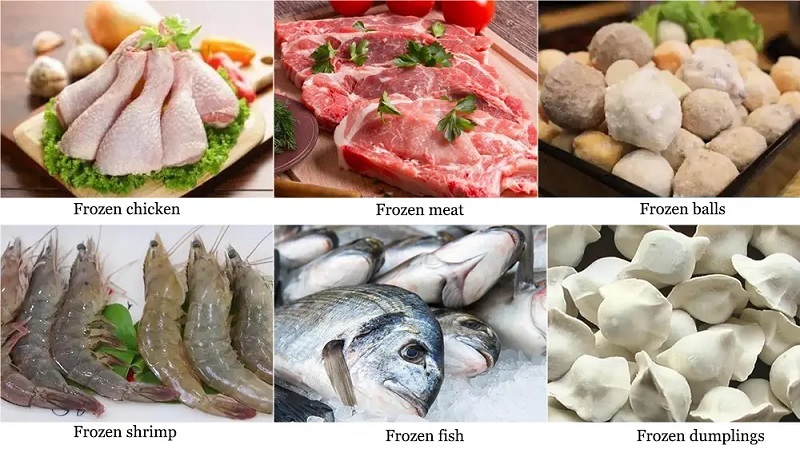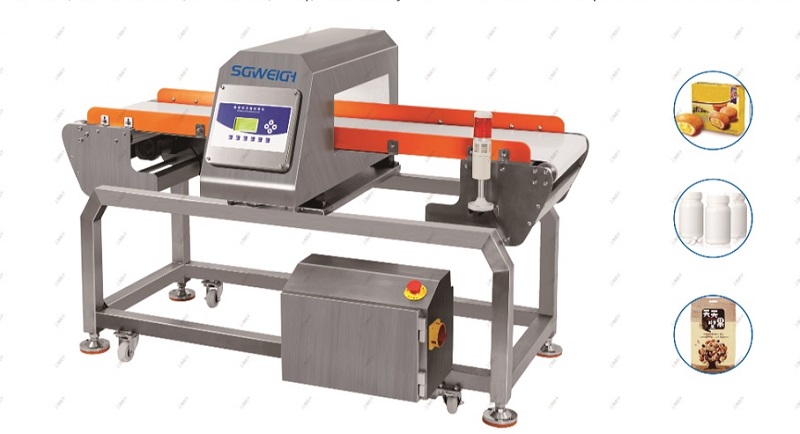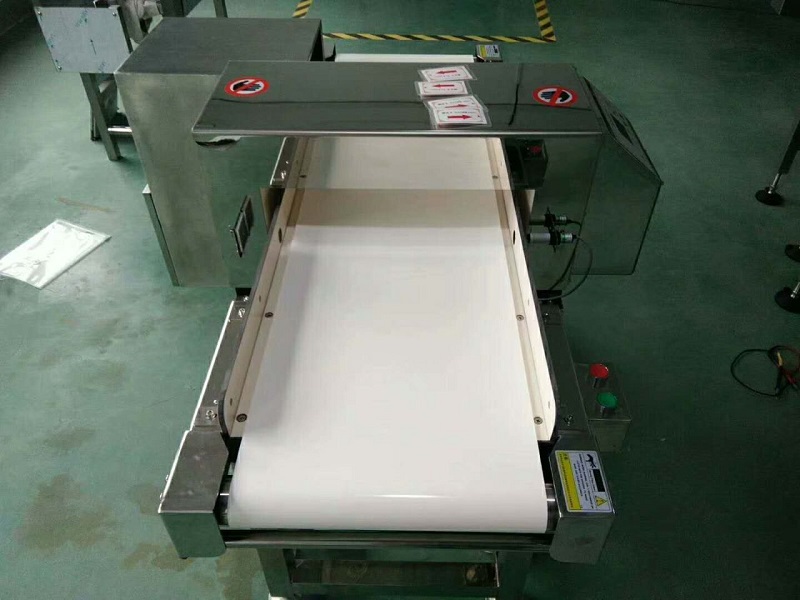How To Operate The Food Metal Detector Correctly?
2023-02-20


Customization & Wholesale Metal Detector Machine Manufacturer Since 2010
By understanding the product effect and implementing th […]
By understanding the product effect and implementing these strategies, food processors can ensure their metal detectors effectively protect consumers and maintain product quality in meat inspection.
Food Metal Detectors are a vital tool in meat inspection, but their effectiveness can be impacted by a phenomenon called the "product effect." Here's a breakdown of how metal detectors work in meat inspection and the challenges posed by the product effect:
Metal Detectors in Meat Inspection
Metal detectors use electromagnetic fields to detect the presence of metal contaminants in food products.
When meat passes through the detector's field, any metal creates an electrical current that the detector picks up.
The detector then triggers an alarm or rejects the product if the detected signal exceeds a pre-set threshold.
This helps ensure consumer safety by preventing metal fragments from reaching consumers and potentially causing harm.

The Challenge of the Product Effect
Meat is a challenging product for metal detectors because of its high moisture content and often the presence of salt.
These factors contribute to the "product effect," which means the meat itself conducts electricity to some degree, mimicking the signal of a metal contaminant.

This can lead to two main issues:
False Positives: The detector might mistake the product effect for a real metal contaminant, leading to unnecessary product rejection and production line disruptions.
Reduced Sensitivity: The detector's sensitivity may need to be lowered to avoid false positives, potentially allowing small metal contaminants to go undetected.

Overcoming the Product Effect
Here are some ways to mitigate the product effect and ensure effective metal detection in meat inspection:
Multi-frequency Metal Detectors: These detectors use multiple frequencies to analyze the signal and differentiate between the product effect and actual metal contaminants.
Auto-learn Technology: Some detectors can automatically learn the "normal" product effect for a specific type of meat, allowing for more accurate detection of real metal contaminants.
Calibrating for Different Meat Types: Since different cuts and types of meat can have varying conductivity, calibrating the detector for the specific type of meat being inspected can improve accuracy.
By understanding the product effect and implementing these strategies, food processors can ensure their metal detectors effectively protect consumers and maintain product quality in meat inspection.
Hot Labels
Online Checkweigher
Food Checkwiegher
Large Range Checkweigher
Weight Sorting Machine
Multi-Lane Check Weigher
Pharmaceutical Checkweigher
Weight Labeling Machine
Food Metal Detector
Industrial Metal Detector
Vertical Metal Detector
Pipeline Metal Detector
Metal Detector Combination Checkweigher



